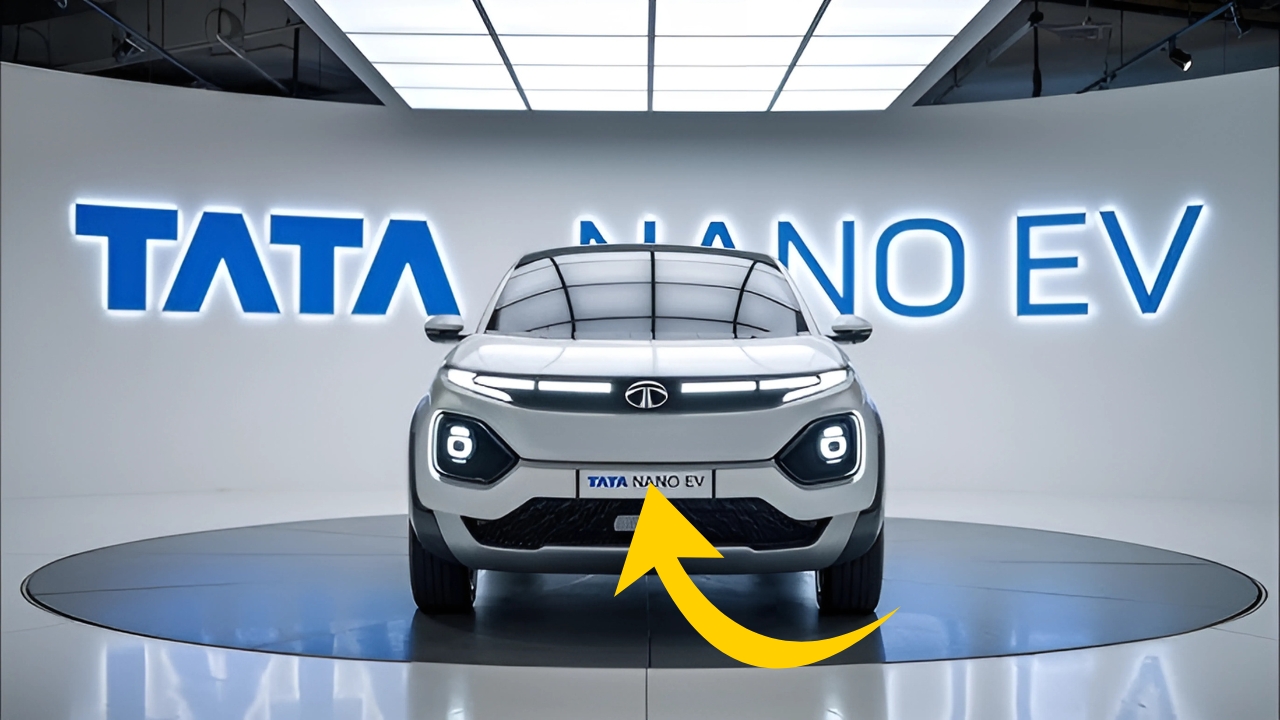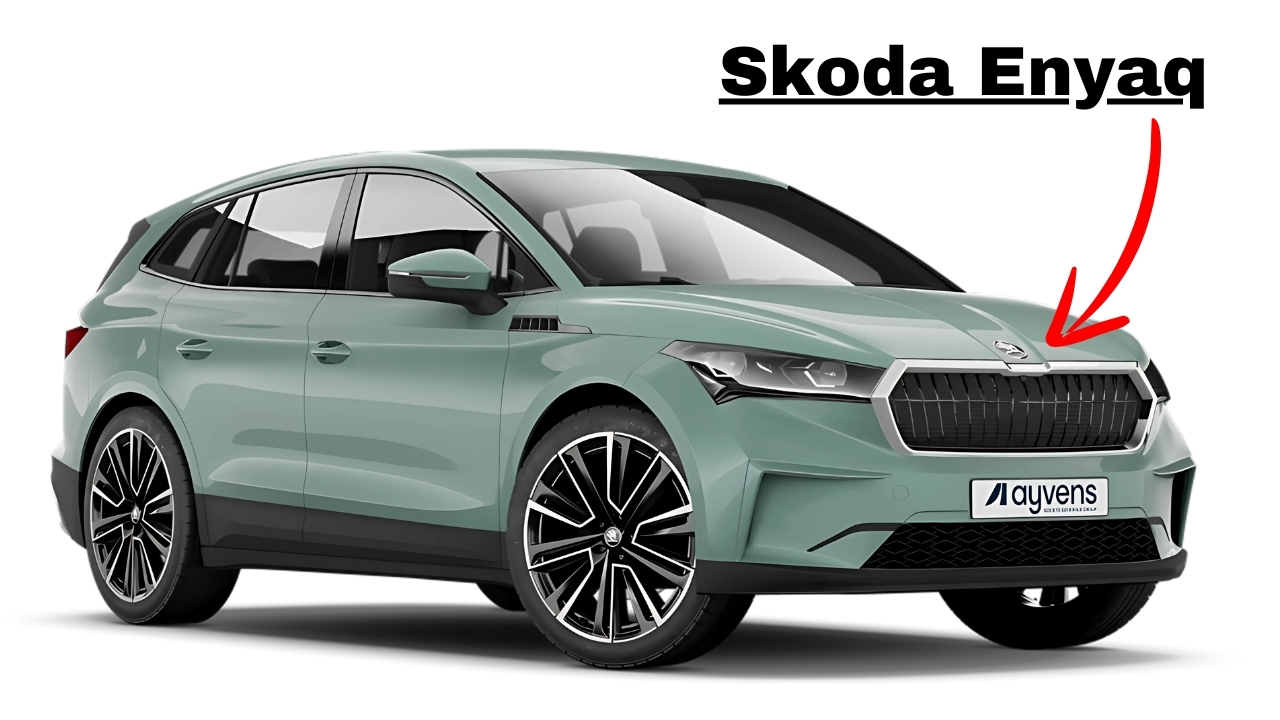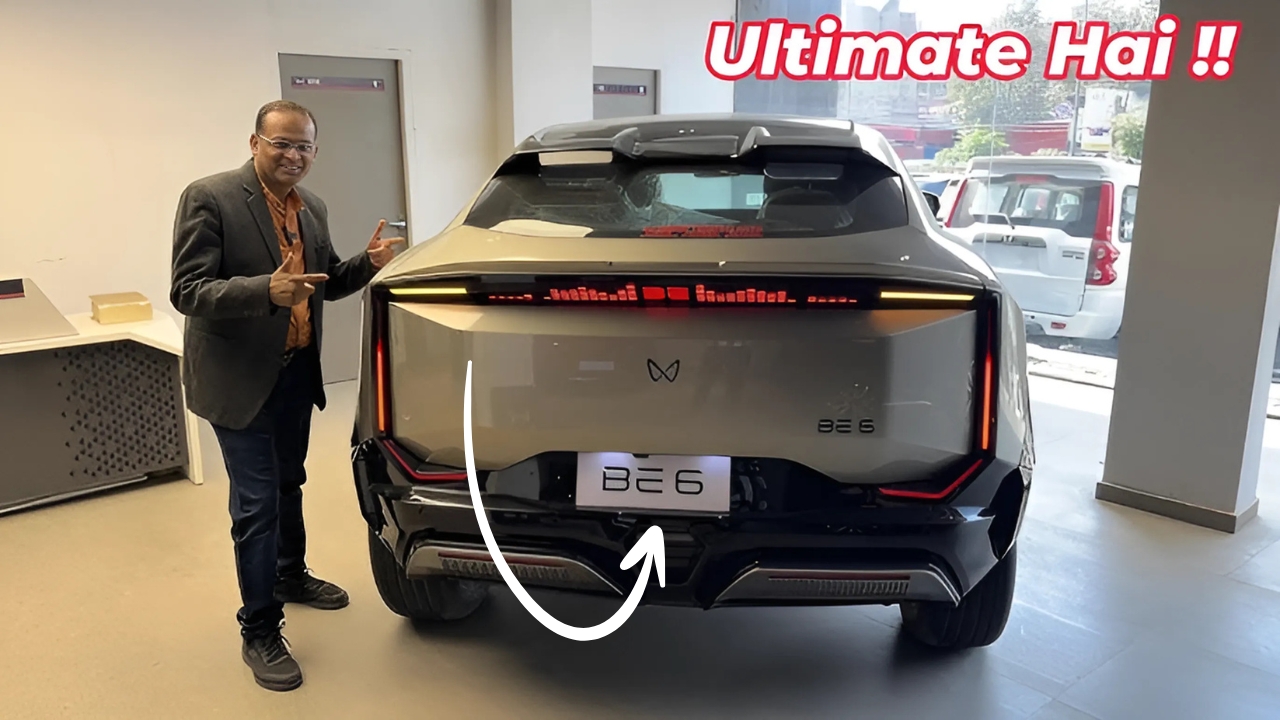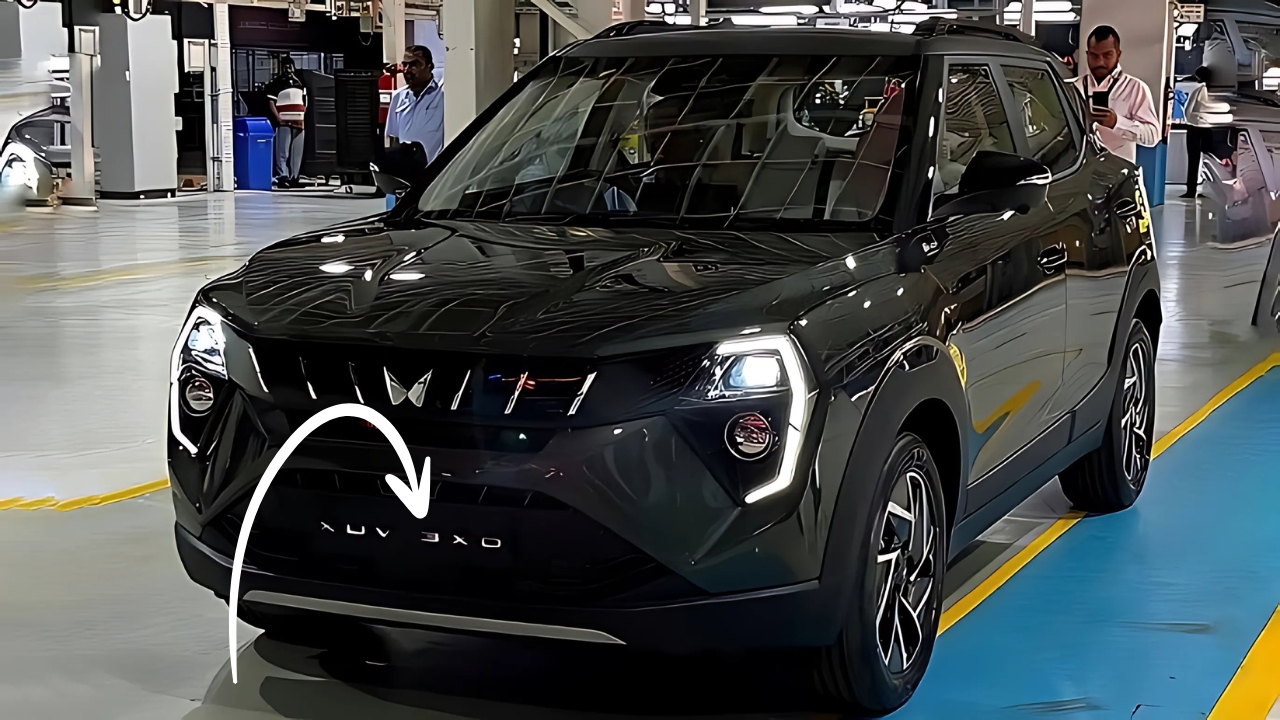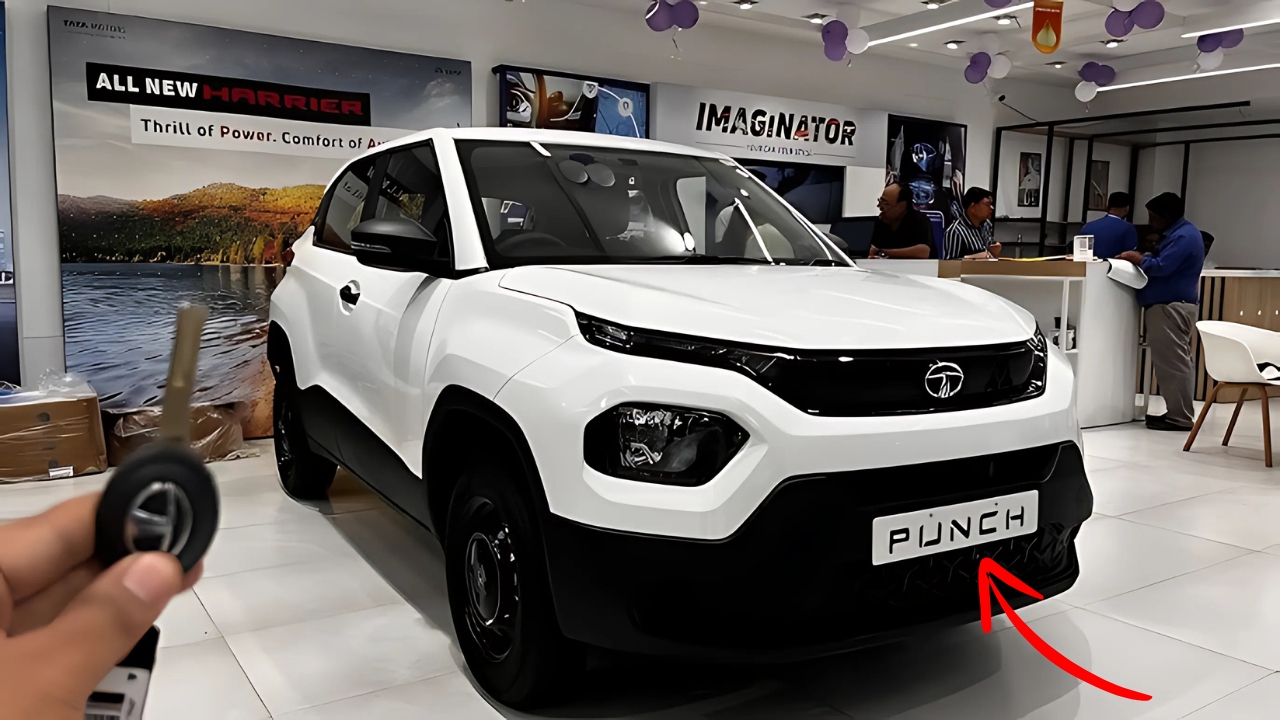Tata Nano EV: In a surprising turn of events for the automotive sector, Tata Motors is gearing up to bring back the beloved Nano nameplate, this time reimagined as a fully electric vehicle with range capabilities that exceed expectations for such a compact model.
The Nano EV signifies a bold transformation of India’s once-popular “people’s car,” utilizing Tata’s expanding knowledge in electric vehicles to create an appealing urban transport option.
Insiders reveal that the new Nano EV shares minimal mechanical characteristics with its predecessor, aside from basic size and concept.
This model has been designed from the ground up as an electric vehicle, incorporating Tata’s Ziptron technology, which has already found success in the Nexon EV and Tigor EV.
“This isn’t just an electrified version of the old Nano,” shares a source from the industry who asked to remain anonymous.
“It’s a complete reimagining that retains the core principle of affordable transportation while embracing the benefits that electric powertrains provide for smaller vehicles.”
The most remarkable feature of the new model is undoubtedly its impressive range.
According to engineering sources, the Nano EV is expected to deliver around 250 kilometers of real-world range on a single charge – a remarkable figure that positions it among the more capable budget EVs available, despite its small size.
This impressive range is achieved through a meticulously designed 21 kWh lithium-ion battery pack, utilizing the latest cell chemistry developed in collaboration with Tata’s battery technology partner.
Tata Nano EV Urban-Focused Performance
The Nano EV will likely feature a single electric motor powering the rear wheels, echoing the original Nano’s design, with an output of around 40 horsepower and 110 Nm of instantaneous torque.
While these numbers may seem modest, they still represent a substantial improvement over the original Nano’s performance, and should provide lively acceleration in city driving conditions, especially considering the anticipated curb weight of under 750 kg.
The charging options available include standard AC charging, which can replenish the battery from 10% to 80% in about 6 hours with a home charger. For faster charging, DC fast charging capability allows this same charge level to be achieved in just 60 minutes – enabling feasible intercity travel with proper planning.
Rajiv Sharma, a former engineer at Tata Motors’ electric vehicle division who is familiar with early prototypes, notes, “The instant torque delivery makes it feel much more responsive than the original Nano. Combined with the low center of gravity afforded by the battery’s floor-mounted position, it handles much more confidently and stably.”
Tata Nano EV Contemporary Design with Nostalgic Cues
Spy shots of the vehicle reveal that while the Nano EV maintains compact dimensions reminiscent of its predecessor, its design language has significantly evolved to align with modern tastes and Tata’s current aesthetic direction.
The overall design remains tall and narrow, maximizing interior space while minimizing its footprint, yet features more sculpted lines and contemporary details.
The front end takes inspiration from Tata’s current EV lineup, incorporating a closed grille area adorned with blue accents that signify its electric nature.
Front and rear LED lighting provides a premium feel, while the wheels have been upgraded to 14 inches, addressing previous criticisms about the original Nano’s small 12-inch wheel size.
Inside, the design embraces a minimalist aesthetic, featuring a 7-inch touchscreen infotainment system at its core.
Physical controls remain for climate management, a practical consideration for the Indian market, while a digital instrument display offers essential vehicle information.
Reports indicate that material quality and build have significantly improved from the original Nano, reflecting the shift in consumer expectations at this price point.
Tata Nano EV Urban Mobility Solution with Practical Appeal
Tata has strategically positioned the Nano EV as a practical option for urban mobility, rather than just an entry-level vehicle.
This vehicle will offer connected car technology via Tata’s ZConnect app, allowing users to monitor charge status remotely, pre-condition the cabin, and set geofencing alerts.
Safety features will include dual airbags, ABS with EBD, and electronic stability control – improvements that were absent in the original Nano, showcasing Tata’s commitment to enhancing safety across its range.
Notably, the vehicle boasts impressive efficiency, with energy consumption estimated at around 8.4 kWh per 100 kilometers, making it one of the most energy-efficient passenger vehicles on four wheels.
This remarkable efficiency translates to extremely low running costs, projected at just ₹1.20 per kilometer, about one-third the cost of petrol alternatives.
Tata Nano EV Market Positioning and Timeline
Reports indicate that the Nano EV will be marketed as an introductory model in Tata’s growing electric vehicle range, with prices anticipated to begin around ₹5 lakh after government incentives.
This pricing strategy would make it significantly more affordable than the current electric passenger vehicles while still offering practical range for use in urban and suburban areas.
Production is expected to commence in the fourth quarter at Tata’s Sanand facility, with market entry slated for early next year.
The initial production capacity is set at 3,000 units per month, with potential adjustments based on market demand.
“The timing appears to be just right,” says automotive analyst Vikram Patil. “With climbing fuel prices, improved charging infrastructure, and a heightened awareness of environmental issues, an affordable electric vehicle with a realistic range could gain significant traction. This could be especially true as a second vehicle for urban families or for young professionals in search of efficient commuting options.”
